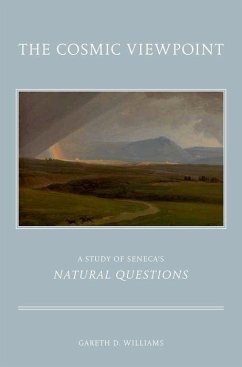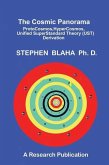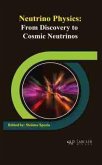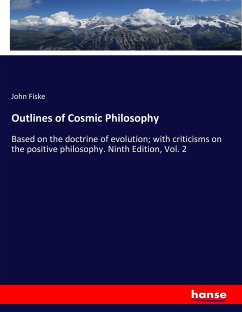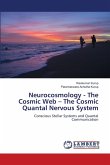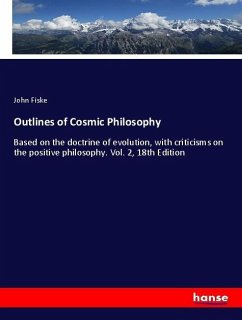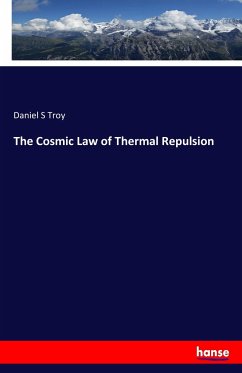This book examines the literary and philosophical qualities essential to Seneca's art of science in his Natural Questions. Seneca's meteorological theme raises our gaze from a terrestrial level to a higher, more intuitive plane - a conceptual climb by which Seneca promotes a change of perspective in his readership towards the cosmic viewpoint.
Seneca's Natural Questions is an eight-book disquisition on the nature of meteorological phenomena, ranging inter alia from rainbows to earthquakes, from comets to the winds, from the causes of snow and hail to the reasons why the Nile floods in summer. Much of this material had been treated in the earlier Greco-Roman meteorological tradition, but what notoriously sets Seneca's writing apart is his insertion of extended moralizing sections within his technical discourse. How, if at all, are these outbursts against the luxury and vice that are apparently rampant in Seneca's first-century CE Rome to be reconciled with his main meteorological agenda?
Seneca's Natural Questions is an eight-book disquisition on the nature of meteorological phenomena, ranging inter alia from rainbows to earthquakes, from comets to the winds, from the causes of snow and hail to the reasons why the Nile floods in summer. Much of this material had been treated in the earlier Greco-Roman meteorological tradition, but what notoriously sets Seneca's writing apart is his insertion of extended moralizing sections within his technical discourse. How, if at all, are these outbursts against the luxury and vice that are apparently rampant in Seneca's first-century CE Rome to be reconciled with his main meteorological agenda?

